Marriott Marquis, Houston, TX | April 29-May 3, 2024
OPTIMIZE 24™ Posters
More Insights, Unique Case Studies
Distributed across the conference area, our featured poster presentations showcase diverse topics and demonstrate how AspenTech customers leverage our solutions to enhance performance, resiliency and sustainability. Below, click on each poster title to find concise overviews of the posters on display. We encourage you to stop by during the networking breaks and learn more details about each story.

Membrane Selection Tool for Biogas Upgrading
Membrane Selection Tool for Biogas Upgrading
Air Products
Track: Performance Engineering for Chemicals
Biogas upgrading is an innovative solution to capture the methane from organic waste and use it in a highly sustainable manner. Air Products contributes to the economic and environmental benefit of biogas, by providing membrane separators that integrate into biofuel system producers' product line of biogas upgrading equipment. A web-based tool was developed that runs Aspen Plus® in the background, for customers to select a membrane system based on advanced simulations. The combination of our membrane expertise and highly sensitive predictive simulation tool contributes to meeting the requirements of customers.
Presented by:
Kedar Gidh, Air Products
Donald E. Henry, Air Products

Optimize Power Plant Operation in Ascend Performance Material's Decatur Plant using Aspen Utilities Planner™
Optimize Power Plant Operation in Ascend Performance Material's Decatur Plant using Aspen Utilities Planner™
Ascend Performance Materials & EM Integration Solutions
Track: Performance Engineering for Chemicals
How do we optimize an electrochemical plant daily after replacing 60-year-old coal fired boilers with three new Cogen units? Nylon Intermediate production processes consume significant utilities including steam, water and electricity. Ascend Performance Material operates an onsite power plant which consists of gas turbines, heat recovery steam generators, packaged steam boilers and other equipment to meet electrochemical plant utility needs. To optimize utility production for daily shifts in demand, the plant and components are modeled using Aspen Utilities Planner – enabling engineers to analyze what-if scenarios, identify critical process changes and minimize utility costs.
Presented by:
Scott Moffatt, Ascend Performance Materials
Jack Zhang, EM Integration Solutions

Modeling a Radial Flow Reactor for Sustainable Refinery Hydroprocessing using Aspen Custom Modeler and Aspen HYSYS
Modeling a Radial Flow Reactor for Sustainable Refinery Hydroprocessing using Aspen Custom Modeler and Aspen HYSYS
BPCL & Anukoolan Solutions
Track: Performance Engineering for Energy
Radial flow reactors involve the radial (or circular) flow of gas phase and axial flow of liquid phase within the reactor. Radial flow reactors generally offer better mixing and temperature distribution patterns compared to the conventional axial flow trickle bed reactors. This is crucial for reactions where uniform distribution of reactants is essential for optimal conversion. We have developed a mathematical model for a radial flow reactor with applications in conventional vacuum gas oil hydrotreating. A steady state mathematical model of the reactor is developed in Aspen Custom Modeler to account for the radial flow of gas and axial flow of liquid. The reactor model includes the governing equations for mass and energy balances, reaction kinetics, and phase equilibrium. The reactions considered for the model development are hydrodesulfurization, hydro-dearomatisation, and hydrocracking. A Mixing Cell Network (MCN) strategy is deployed to develop the trickle bed as well as radial flow reactor models which involves discretizing the catalyst bed into smaller units of well mixed reactors, transforming governing equations into algebraic equations.
Apart from the well-known advantage of RFR, such as reduced pressure drop, the analysis revealed other benefits, such as better product quality, reduced H2S inhibition, no requirement of quenching, higher average bed temperatures. The hydrogen partial pressure throughout the reactor was also observed higher than the conventional reaction which plays a crucial role in the overall performance of the reactor.
We have performed several case studies with the model developed to establish benefits of the radial flow reactor over conventional trickle bed reactors for hydro-processing. This is done using a combination of Aspen Custom Modeler (ACM) and Aspen HYSYS flowsheet models for both types of reactors. The advantage of this approach is that flow-sheeting of the reactor along with other unit operations such as recycling gas compressors, etc. could be performed in HYSYS, alongside exported models from ACM to HYSYS.
Presented by:
Vinod Kumar, BPCL
Hiren Shethna, Anukoolan Solutions
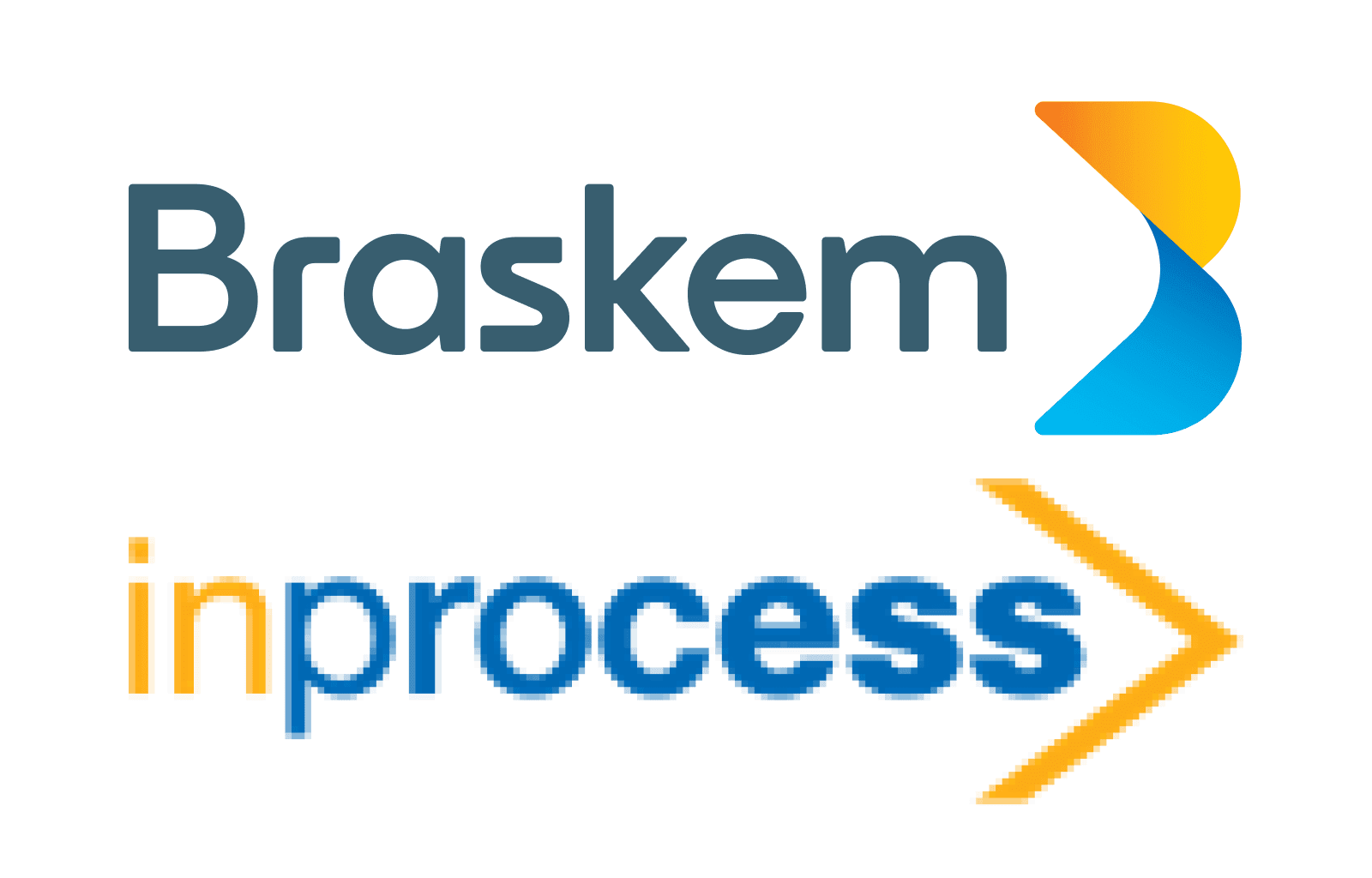
Using Aspen HYSYS® Simulation to Develop Rigorous OTS for Operators Skills Enhancement in a Chlorine Plant
Using Aspen HYSYS® Simulation to Develop Rigorous OTS for Operators Skills Enhancement in a Chlorine Plant
Braskem & Inprocess
Track: Performance Engineering for Energy
This poster discusses an OTS solution developed to train their personnel for a Chlorine plant. OTS scope included mainly the Chlorine Compression system, as well as, the upstream and downstream units, which included the Cooling, Drying and Liquefaction Sections. The poster will showcase the project and how the OTS helped to bring the benefits highlighted by the operators such as: becoming familiar with common maneuvers, execute and repeat sequences as desired to gain confidence, improvement of the action strategy for emergency or uncommon situations, reduction of time response during plant upsets, reduction of anxiety of operators, or enable certification of operators to work in plant.
Presented by:
Taina De Borborema Hita
Daniel Martínez

Utilizing Aspen Plus® for Enabling Carbon Capture Projects
Utilizing Aspen Plus® for Enabling Carbon Capture Projects
Carbon Circle
Track: Performance Engineering for Chemicals
Carbon capture and storage (CCS) is a vital tool for combating climate changes. As the world's carbon budget for reaching the UN climate goal of limiting warming to 1.5 degrees is quickly depleting, it seems inevitable that CO2 removal (CDR) from the carbon cycle will be necessary. Waste incineration plants emit flue gases containing about 50% biogenic CO2, making CCS from energy-from-waste an effective tool for CDR. This process is also known as BECCS (Bioenergy with Carbon Capture and Storage).
Carbon Circle has developed a BECCS plant called EfWICC (Energy from Waste with Integrated Carbon Capture) to produce green electricity. We showcase how we are using Aspen Plus to model our process. Simulations is the foundation for equipment design, plant layout, performance estimation and optimization for our EfWICC projects. Our ultimate goal is to minimize cost and improve project overall estimates.
Presented by:
Margrethe Saga, Carbon Circle

Leverage the Digital Twin to Make Your Process Greener
Leverage the Digital Twin to Make Your Process Greener
Emerson
Energy intensive industries introduce green energy and carbon management technologies to make their processes greener and more environmentally sustainable. This poster showcases how simulation can be leveraged to innovate and design new processes, study the effect of power intermittency and variability on process dynamics, test automation systems, ensure operations competency and readiness, and make informed decisions about the plant operation; ultimately driving the successful implementation of these technologies for their energy transition goal.
Presented by:
Vicky Athanasiou, Emerson
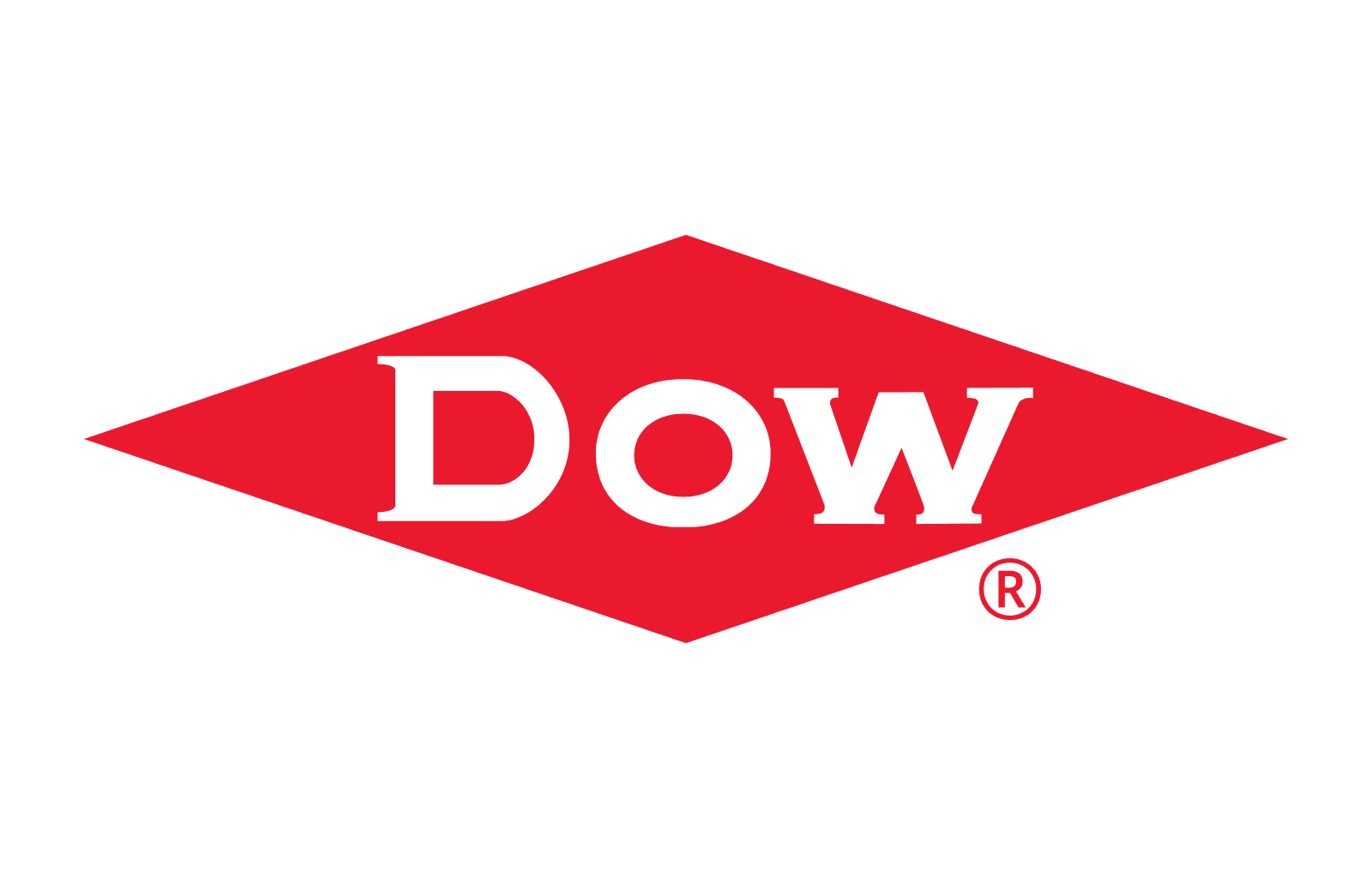
Enhancing DCS Migration Efficiency: Leveraging Simulation for Aspen DMC™ Implementation and Operator Training
Enhancing DCS Migration Efficiency: Leveraging Simulation for Aspen DMC™ Implementation and Operator Training
Dow Chemical Co.
Track: Control and Optimize
As part of the DCS migration, we implemented a Simulation DMC server and a high-fidelity simulation platform in the new DCS simulation environment. The project team was able to verify the configuration of the revamped DMC and completed the most of DMC and interface commissioning activities before commissioning and start-up phase. The DMC/IQ applications on the new DCS was turned on smoothly after the start-up from day one. This whole system enabled zero impact on the DMC online time and also facilitated operator training during project phase. It is now regularly maintained for operator refresh training. Other projects in the company have adopted similar systems for their project and training needs.
Presented by:
Yisong Zheng, Dow Chemical Co.

Pathway to Sustainability - Real-time Monitoring of Refinery Emissions
Pathway to Sustainability - Real-time Monitoring of Refinery Emissions
Hindustan Petroleum Corporation Limited
Track: Performance Engineering for Energy
With HPCL Visakh Refinery (VR) introducing more complexity with the Visakh refinery modernization project (VRMP) and associated process units, excel-based workflows could no longer handle refinery emissions, heater efficiencies and stack emissions. Typical continuous emission monitoring systems in use at plant sites are analyzers, which provide continuous information, but only at limited points, and are not predictive. This creates a critical gap as emission rules get more stringent and plants more complicated. It was clear that a modelling-based approach was the right answer.
Digital twin models, which are first principle-based and thermodynamically validated, represent an alternative to sensor and testing approaches and accepted by many environmental regulatory bodies globally for monitoring and reporting on air pollution levels. The HPCL-VR emission model is an innovative approach which estimates emissions instantaneously by picking up live values from the process historian and calculates required air emission levels with models based on thermodynamic first principles resulting in higher accuracy and benefit than traditional approaches and enhanced ability to react in operations. The Aspen HYSYS® platform is being used to develop the emission prediction model. The current developed model scope includes twenty-three heaters, six boilers, two sets of FCC regenerators, three sets of Claus reactors, and four sets of HRSGs modelled together to make up a single Aspen HYSYS model flow sheet, thus composing a single model with higher accuracy.
Presented by:
Gopi Bisetti, Hindustan Petroleum Corporation Limited

Middle Distillates Aspen GDOT™ Project at LyondellBasell’s Houston Refinery: Motivation, Implementation and Benefits
Middle Distillates Aspen GDOT™ Project at LyondellBasell’s Houston Refinery: Motivation, Implementation and Benefits
LyondellBasell
LyondellBasell and AspenTech implementation team adopted a new approach to deploy Aspen GDOT software and the necessary APC architecture that supports it. The deployment process embodies a best practice approach achieving both cost efficiency and ease of maintenance. We present a simplified summary of the project execution omitting the details of patented chemical process know-how. We focus on the methods used for project execution, deployment of Aspen GDOT for the middle distillate envelope and benefits achieved at the LyondellBasell Houston refinery operations.
Presented by:
Robert Confair, LyondellBasell

OQ’s Advanced Applications of Aspen Petroleum Scheduler™ (APS) for Enhanced Operations Insights, Improved Stock Management & Reduced Working Capital
OQ’s Advanced Applications of Aspen Petroleum Scheduler™ (APS) for Enhanced Operations Insights, Improved Stock Management & Reduced Working Capital
OQ
OQ became a global leader in advanced applications of APS including integration with different technologies, such as SAP and commercial organizations. This poster explains some of the most effective practices OQ has developed. The results include reduced plan vs schedule vs operations gaps, streamlined end-to-end scheduling work process with integrated data exchanges thereby reducing staff-hours spent on non-value-added work. This has resulted in empowered schedulers and significant benefits such as demurrage reduction, inventory management, optimized delivery plan and reduced lost opportunity count. We also explain how OQ overcame common challenges to become the most sophisticated user of APS within the Gulf Cooperation Council (GCC) region.
Presented by:
Hussam Alhooti, OQ

Improved Diesel Production at Campana Refinery with Aspen DMC3™ Implementation on a Delayed Coker Unit
Improved Diesel Production at Campana Refinery with Aspen DMC3™ Implementation on a Delayed Coker Unit
Pan American Energy
Being the most modern in Latin America, Campana refinery has received significant investments in recent years. Within the scope of these projects, the construction of a new delayed coking unit was included. Considering the fuels balance situation of the country as well as the need to put the molecules in the highest value pools, the development and installation of an APC model was a very promising strategic opportunity to increase the company's profits as well as well as to decrease the country’s overall imbalance in Ultra-low Sulphur Diesel. We will cover implementation of an APC project in a delayed coking unit and present benefits obtained in diesel production.
Presented by:
Maria Elisa Luque, Pan American Energy
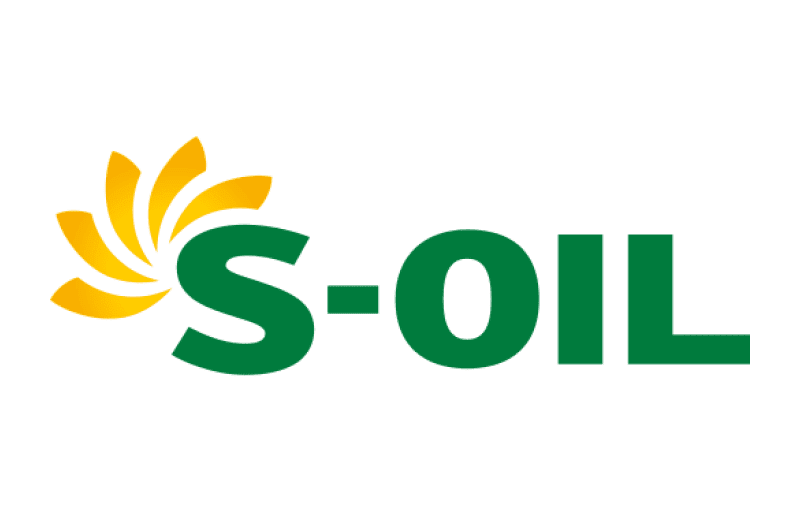
Enhancing Refinery Operations: The Impact of Implementing Aspen Petroleum Scheduler™ (APS) at S-Oil's Complex Facility
Enhancing Refinery Operations: The Impact of Implementing Aspen Petroleum Scheduler™ (APS) at S-Oil's Complex Facility
S-Oil
In 2023, S-Oil adopted APS across its 669,000 barrel per day refinery in Ulsan, South Korea. The large refinery has various cracking units to upgrade heavy, high-sulfur streams. In response to ever-increasing complexity, such as diversifying feedstocks, S-Oil saw an opportunity to enable more advanced workflows and identified a refinery scheduling model to realize these opportunities. The model enabled collaboration and fast decision making by sharing available information among whole company. The APS model provided visibility to future production plans, securing stable operation, preventing upset operations and ultimately increasing refinery margin, signifying a strategic leap towards industry leadership.
Presented by:
Juyeop Jang, S-Oil
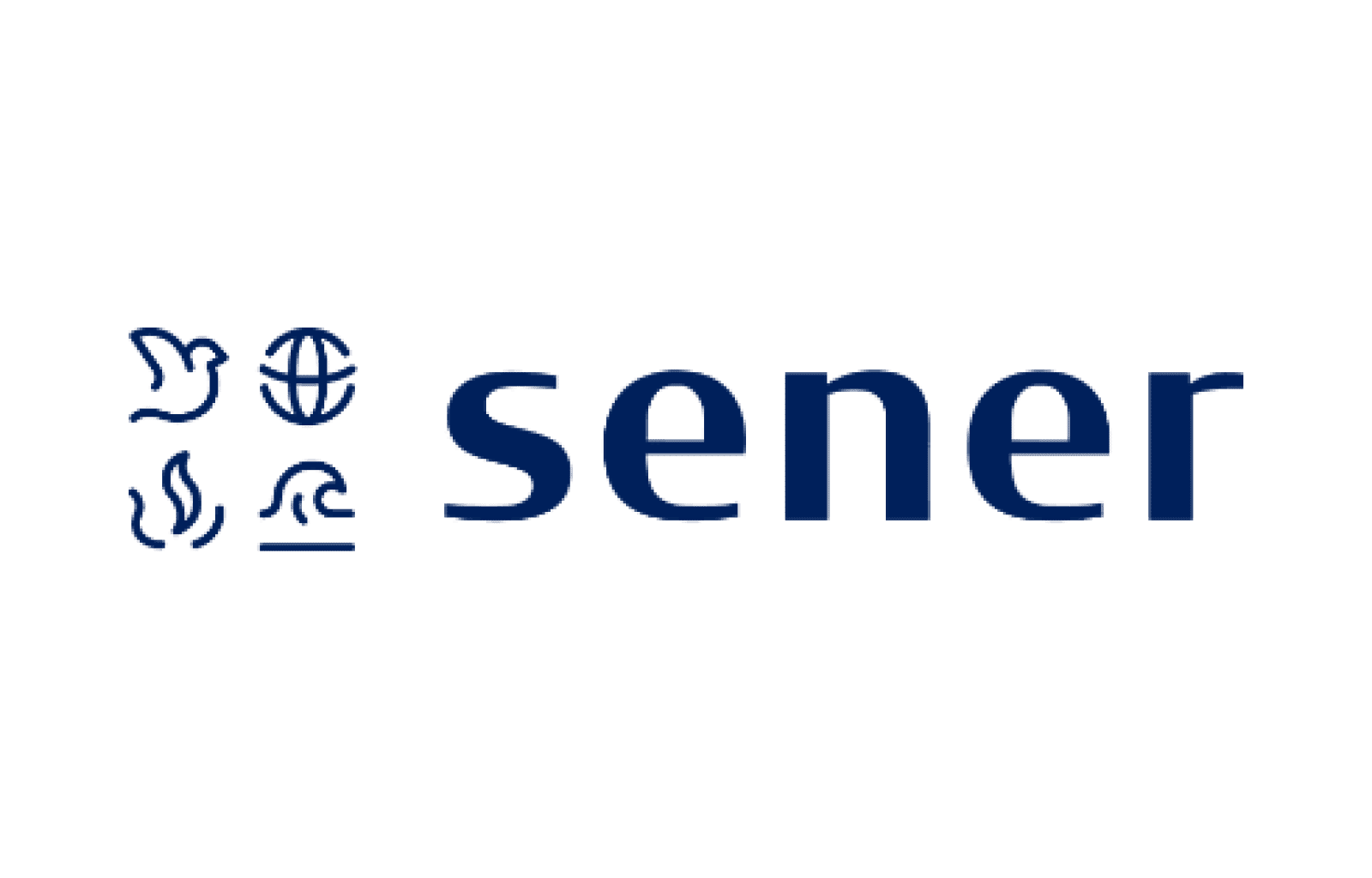
Alkaline Electrolysis Steady State and Dynamic Simulations using Aspen HYSYS® V14
Alkaline Electrolysis Steady State and Dynamic Simulations using Aspen HYSYS® V14
Sener Ingeniería y Sistemas
Track: Performance Engineering for Chemicals
Green hydrogen has been regarded as an essential energy vector in the worldwide decarbonization and energy transition process. Alkaline electrolysis is the most used technology in the industry to obtain green hydrogen with no carbon emissions associated.
This process has been modelled using the commercial process simulator Aspen HYSYS, both in steady state and dynamic modes. The innovative developed models have been contrasted with actual design data and used to analyze several scenarios before plant commissioning and operation. They lead to time, effort and costs savings when designing and commissioning a hydrogen production plant. Results obtained are presented in this work.
Presented by:
Elena Diezhandino, Sener Ingeniería y Sistemas
Javier Llabrés Veguillas, Sener Ingeniería y Sistemas
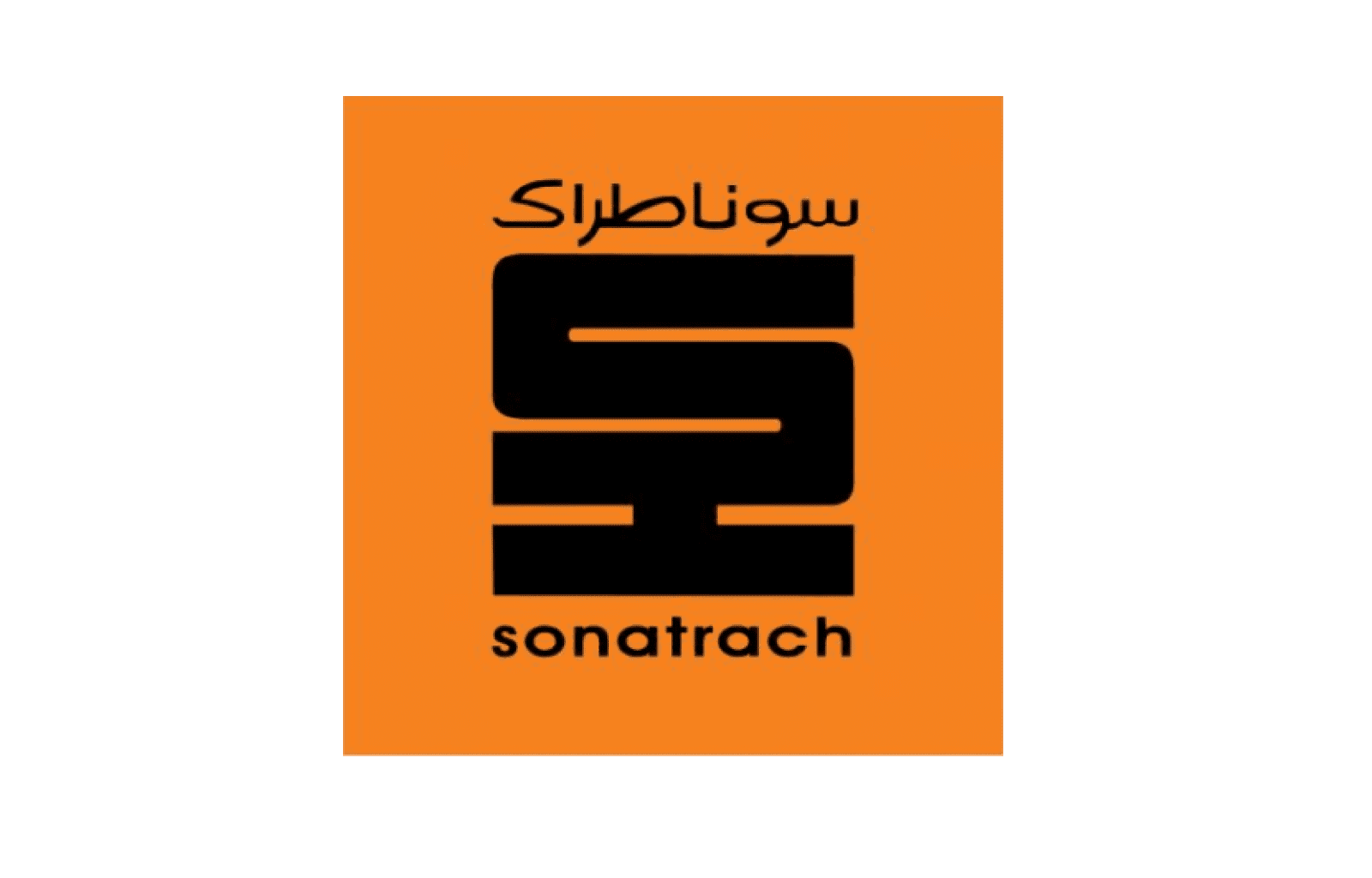
Integrate Hydraulic Turbine in LNG Plant to Increase LNG Production and Efficiency
Integrate Hydraulic Turbine in LNG Plant to Increase LNG Production and Efficiency
Sonatrach
We highlight the benefits of using hydraulic expanders instead of Joule-Thomson valves to optimize an LNG plant. The hydraulic expanders are used in all LNG liquefaction processes including the common propane precooled mixed refrigerant (C3 MR) process. Sonatrach company has four LNG plants, two new mega trains using hydraulic turbines in the liquefaction cycle and two old units which used Joule-Thomson valves in the liquefaction cycle. The Sonatrach team focused their work on replacing the Joule-Thomson valves of these two old units. The first step is to model the existing C3-MR process using the Joule-Thomson valves with Aspen HYSYS® to validate the simulation model. The second step consists of modeling the C3-MR process liquefaction by replacing with hydraulic turbines expander. In simplest terms, hydraulic turbines give colder LNG because they provide additional refrigeration. The extra refrigeration can be effectively used in a C3MR process by increasing production at original LNG temperature, reducing refrigeration power to achieve original production (reducing OPEX) and reducing end flash by producing colder LNG from the main cryogenic heat exchanger (MCHE).
Presented by:
Goulmane Samir

Solving the Problem of Increased Dissolved Oxygen in Boiler Feedwater Using Aspen HYSYS® Dynamics
Solving the Problem of Increased Dissolved Oxygen in Boiler Feedwater Using Aspen HYSYS® Dynamics
Sonatrach
The poster showcases investigations into the rise in dissolved oxygen levels in boiler feedwaters by, simulating scenarios using Aspen HYSYS Dynamics. The water at the deaerator outlet feeding into the boilers must be deoxygenated to a level below 5 ppb to prevent corrosion damage to the boilers.



